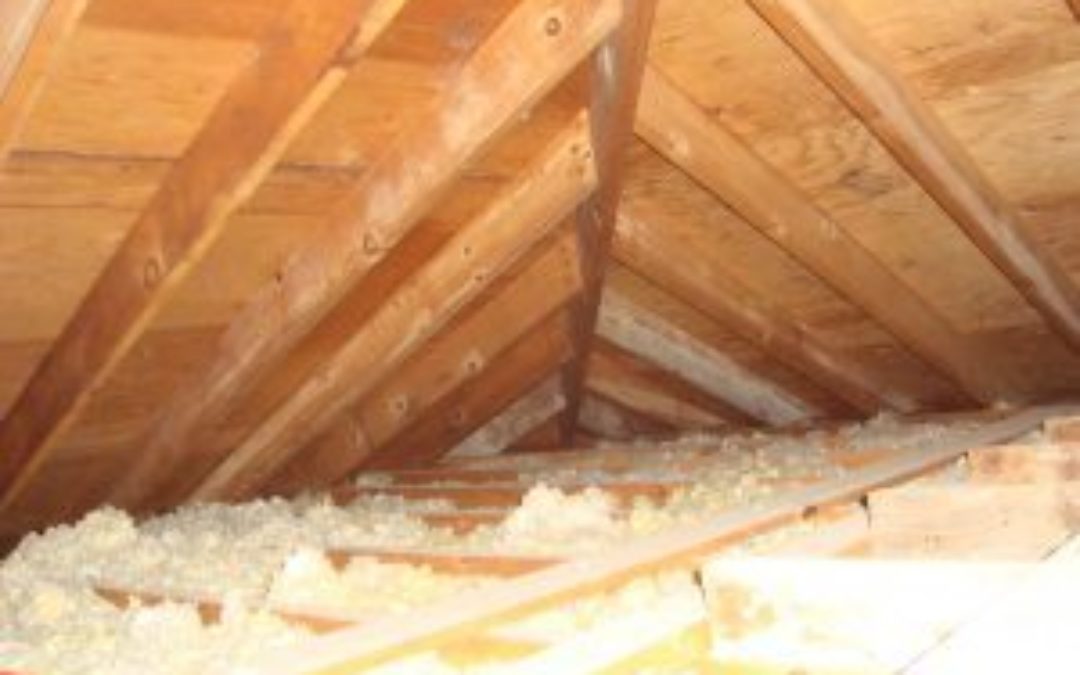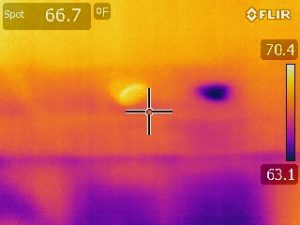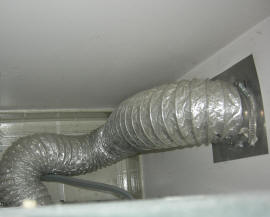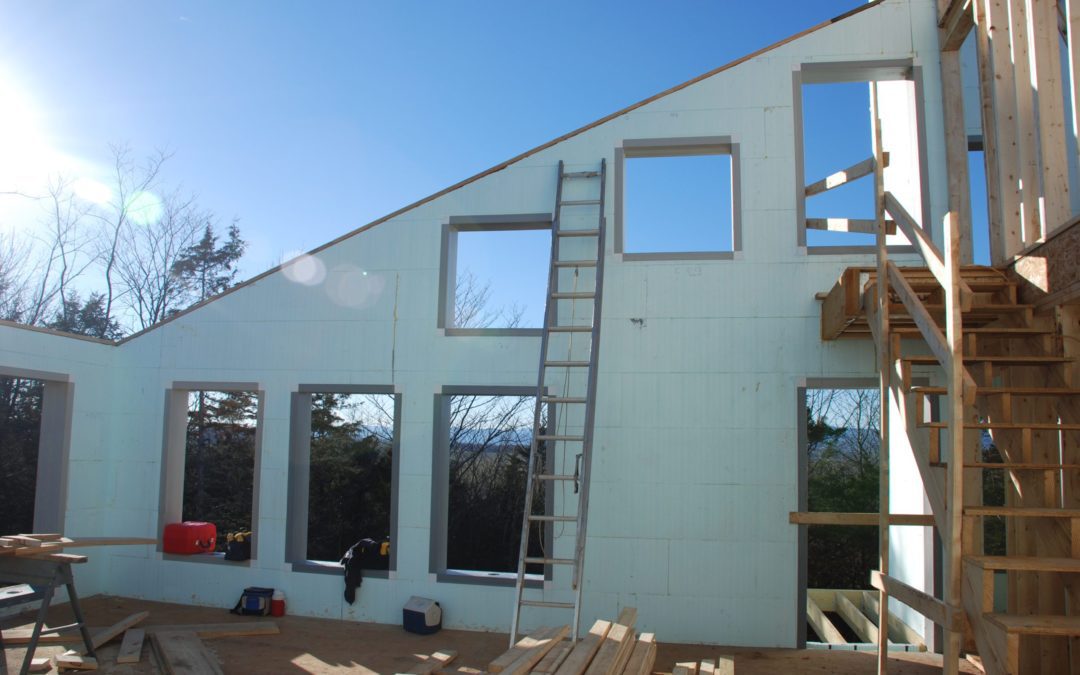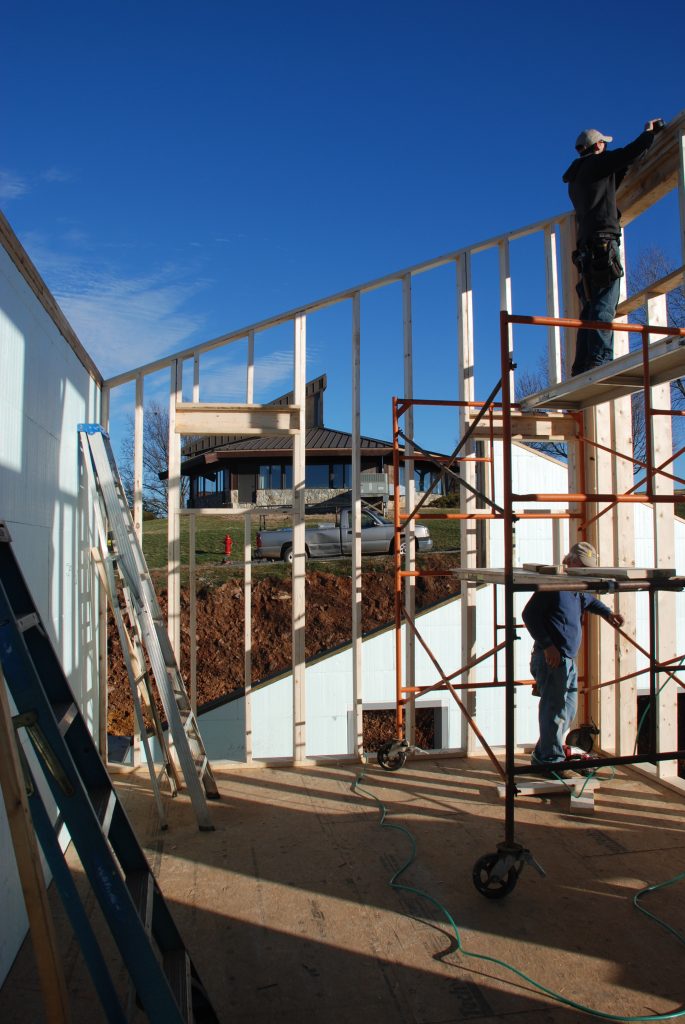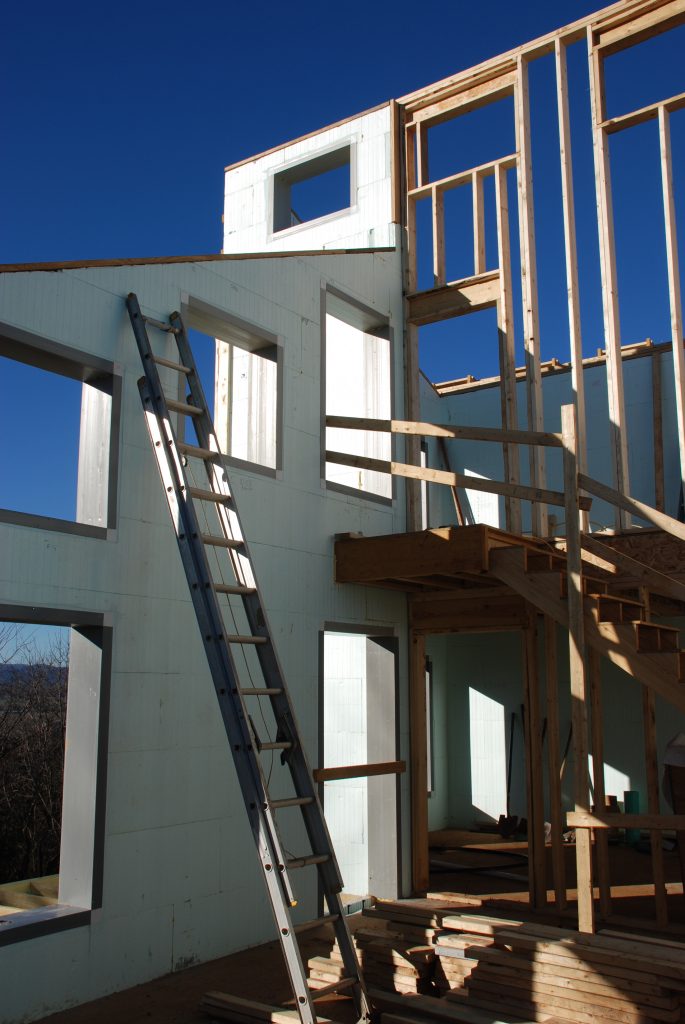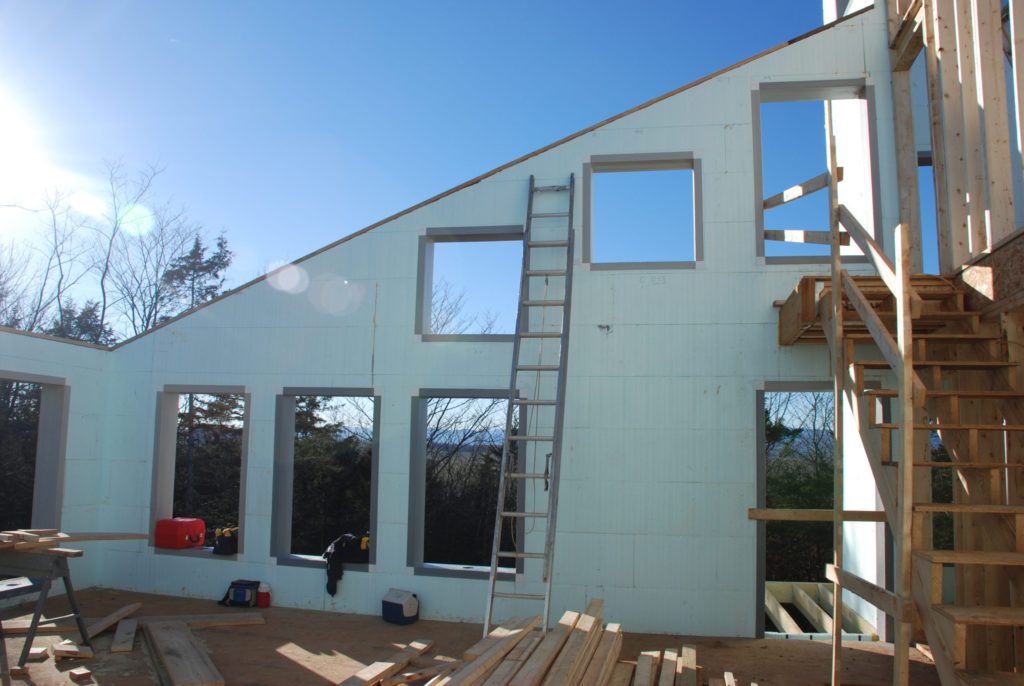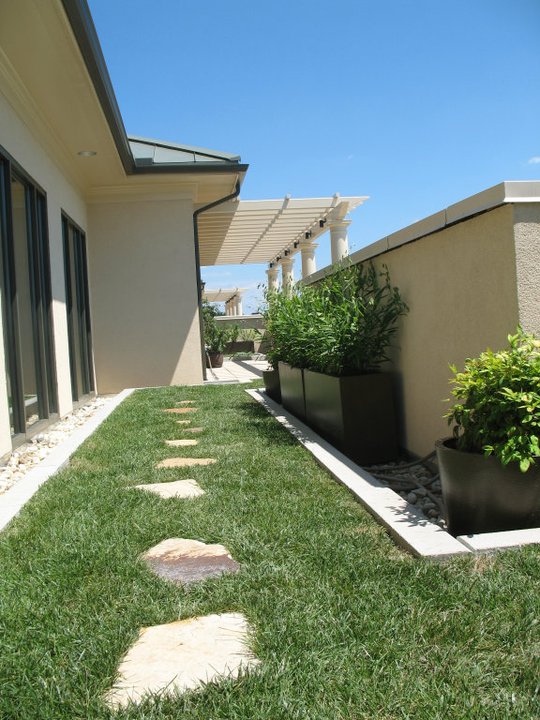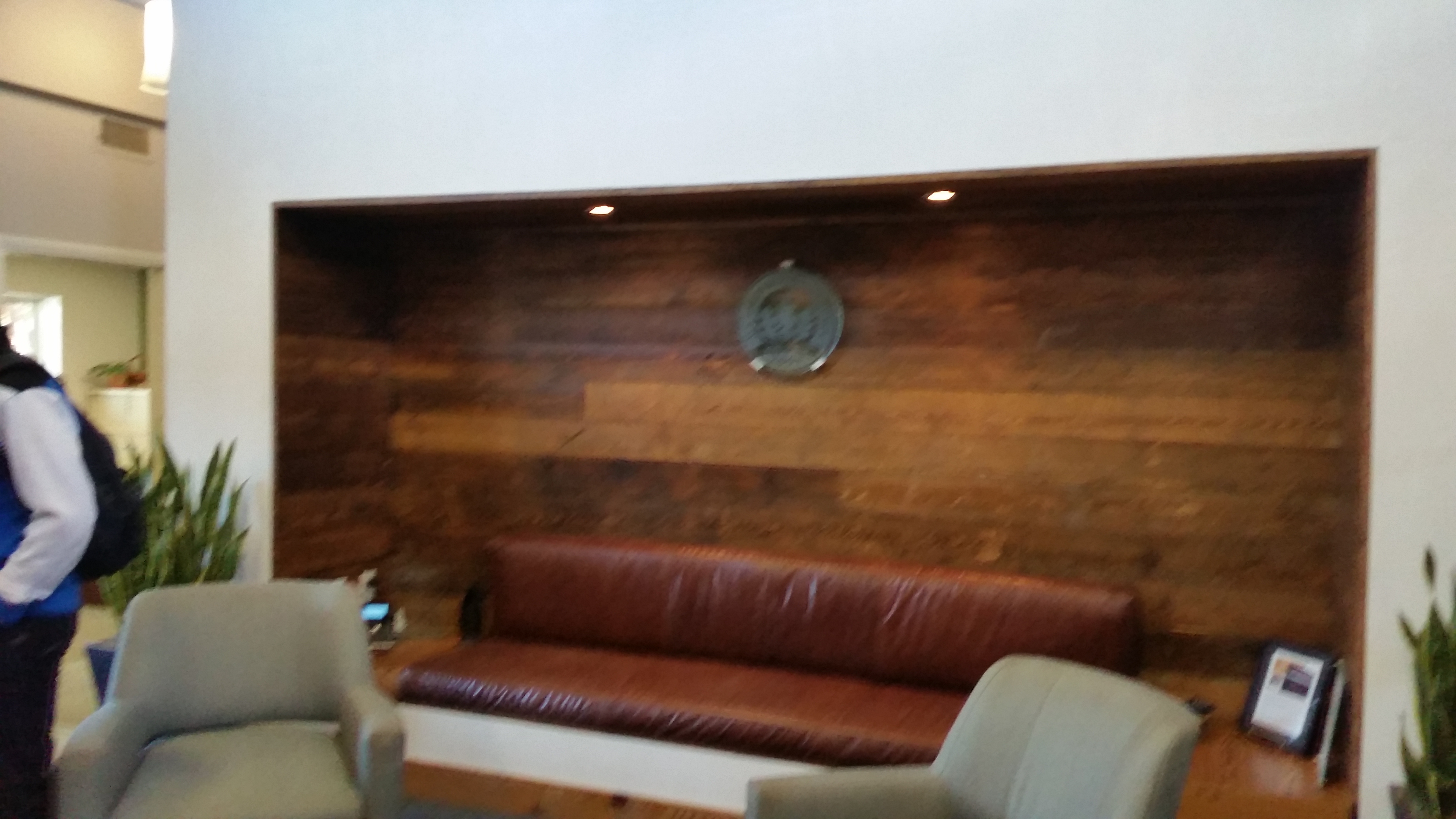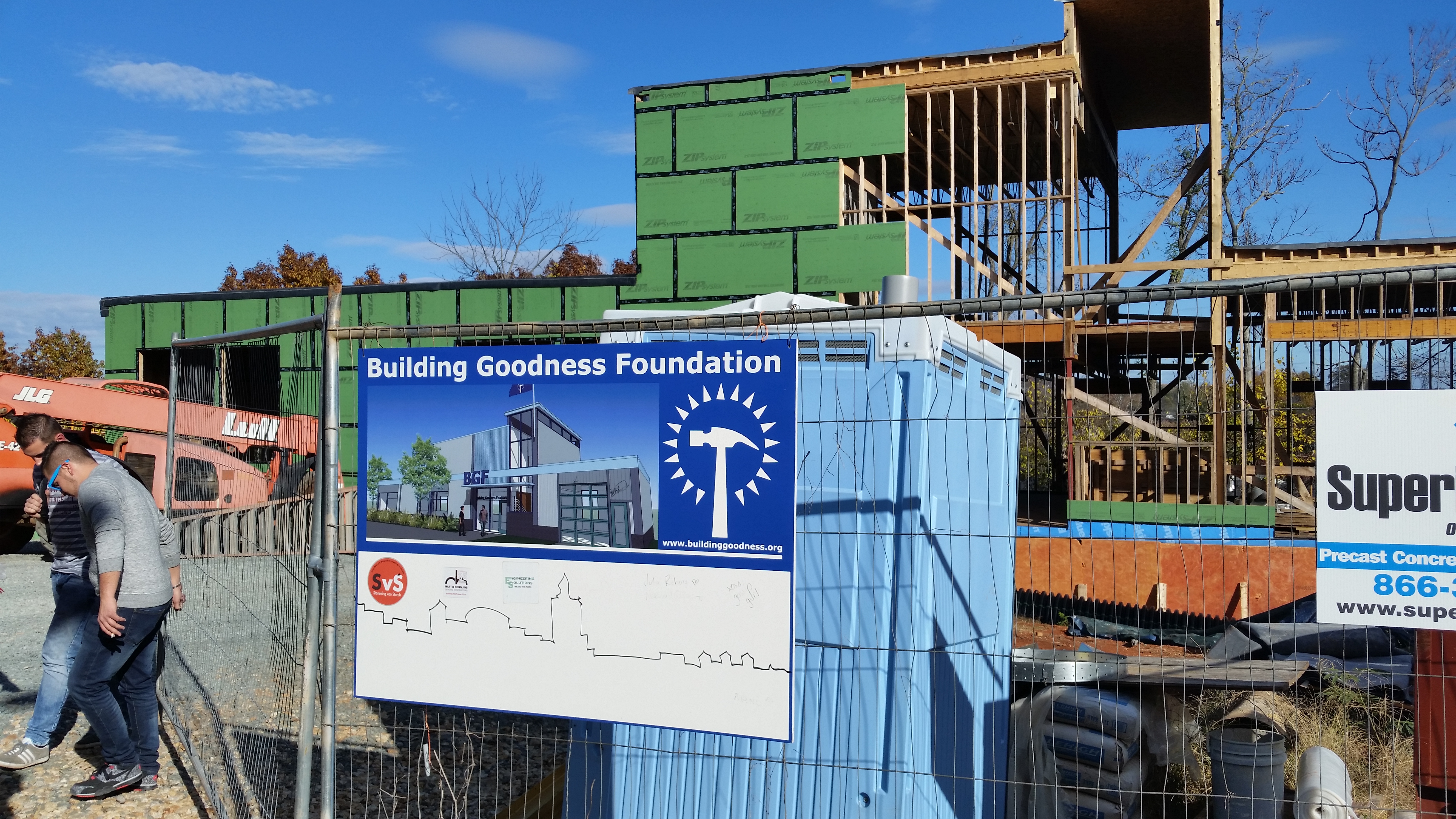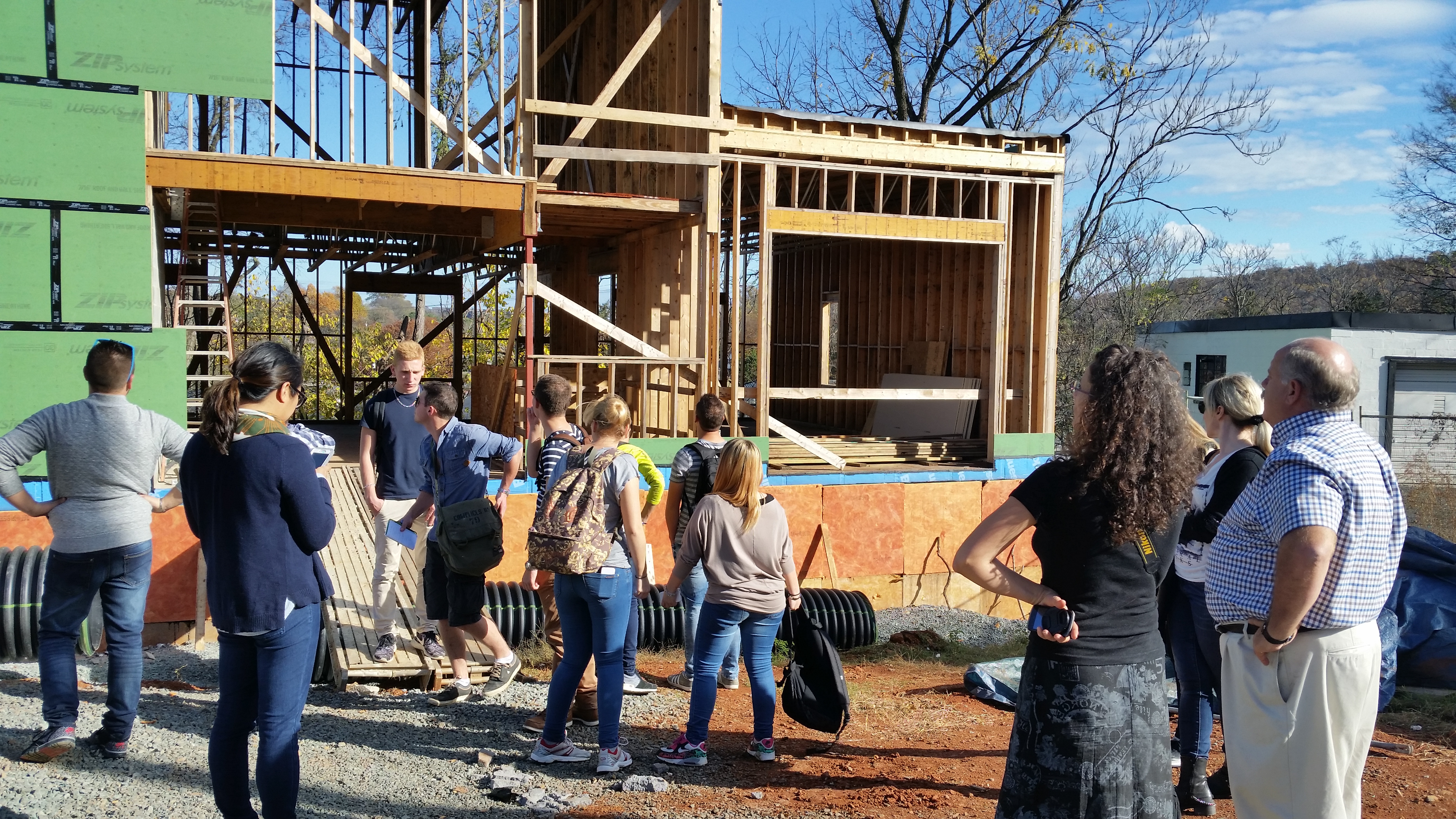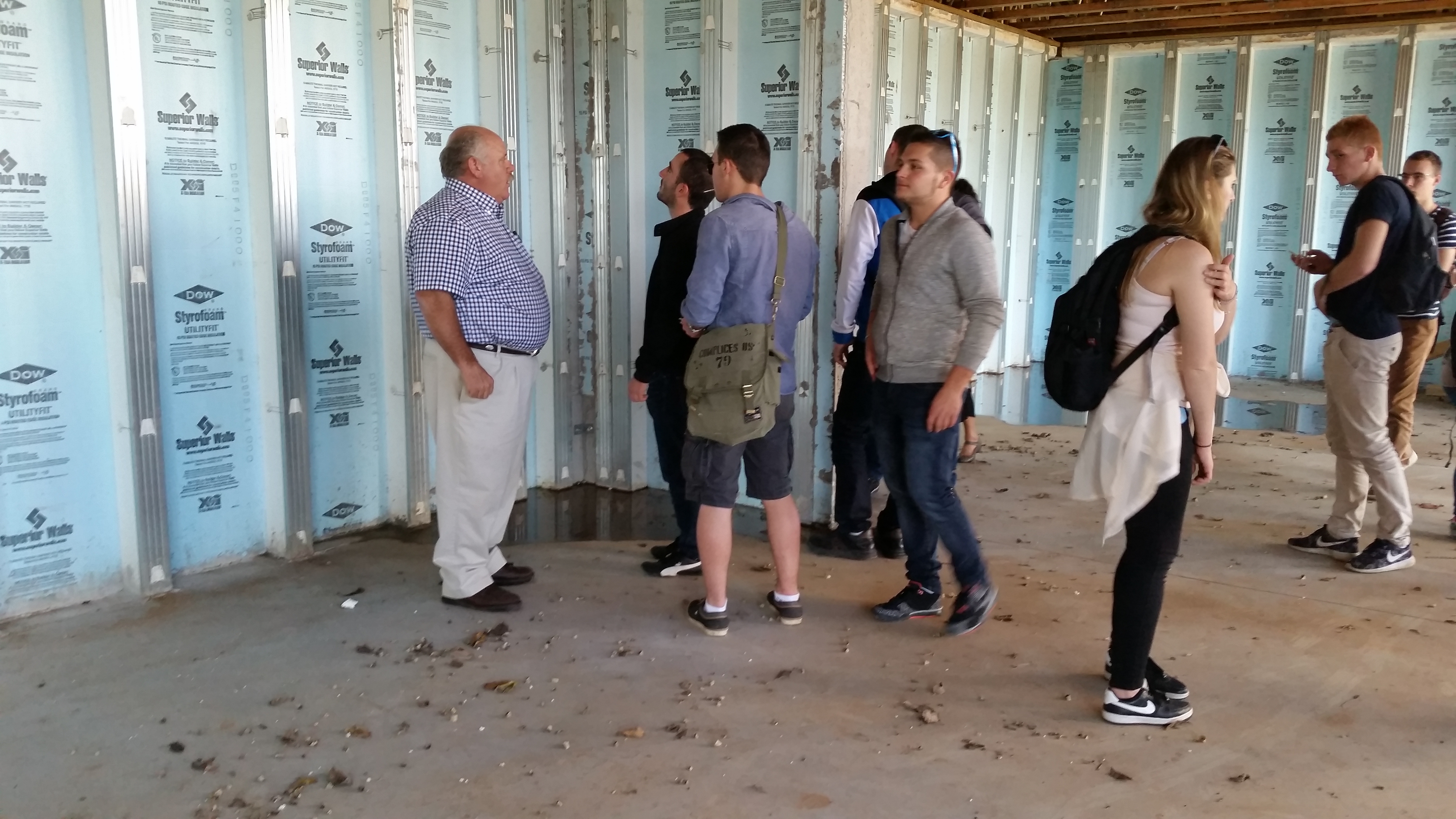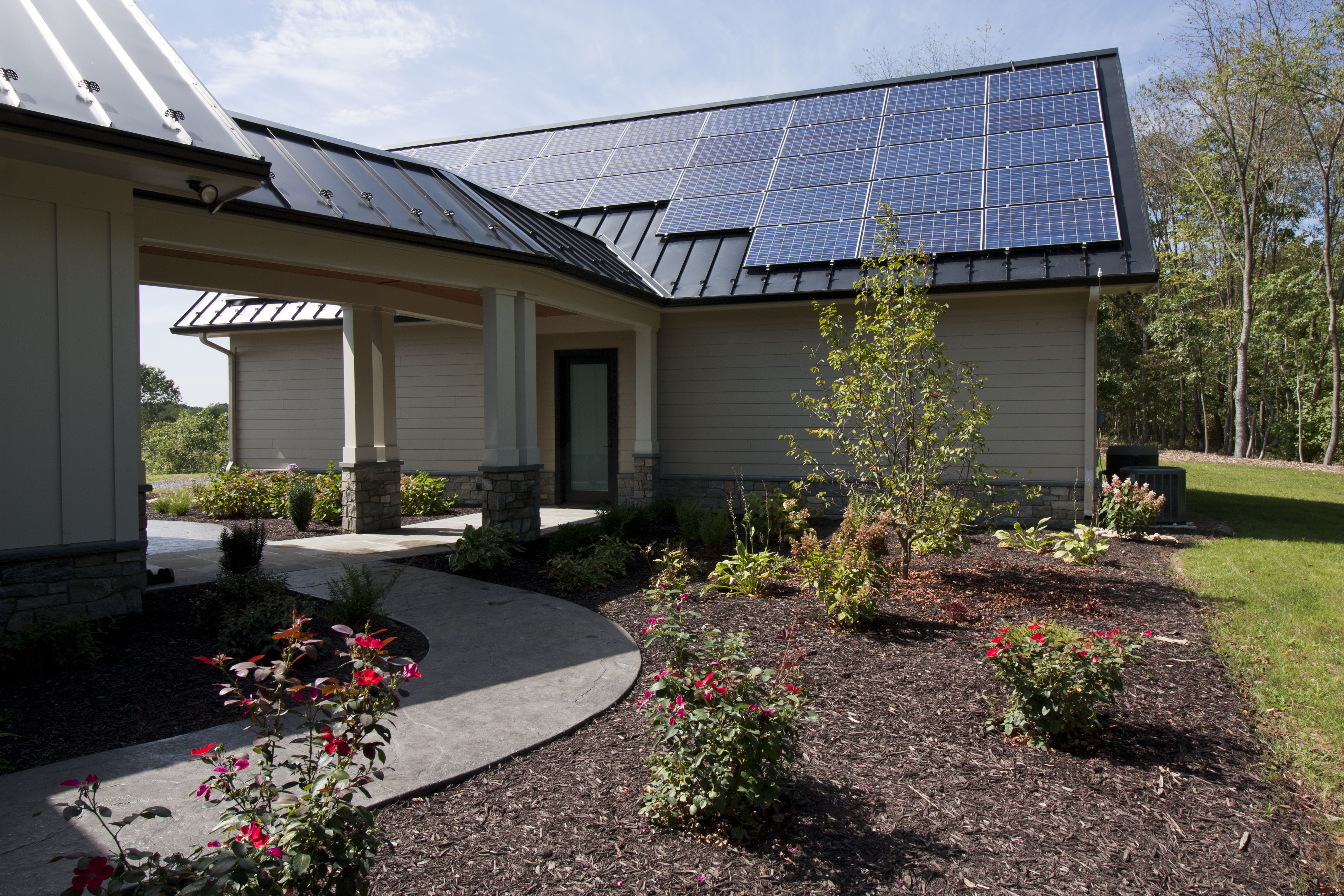
by cbhendricks | Jan 21, 2019 | Building Science, Green Building
An energy-audit is a great “tune-up” for your existing home. I have been offering energy-audits for free for people in Harrisonburg and Rockingham County now for about four years. My goal is to help people reduce their monthly bills by identifying easy to correct issues in their homes. I usually don’t hear back from them on the progress they have made, but I did on a recent audit which made my day.

From the home owner via email: After the first night with increased insulation in our attic, we want to say “THANK YOU” again for your insight and time during our home energy audit. Elite Insulation was over yesterday and the improvement to the warmth is noticeable. It’s the first time we didn’t have to use a space heater during the winter!

In this particular audit I did not find any BIG issues that should be fixed right away. I did notice that the attic insulation needed some attention and gave the home owner some other easy to fix items that would improve comfort. I like to also leave a list of companies that I trust to get the work done right if they are called. Elite Insulation is always the name I give for improving the thermal envelope of a home or business. They do good work for a fair price – what more could you ask for from your insulator?
I emailed Ken at Elite Insulation to find out what they did at the house to solve the comfort issue. He tells me that they added R-30 insulation over the existing 10″ that was already there. Old insulation has layers of dirt and does not perform as well as new insulation so my guess is the attic now has around an R35 – R40 blanket on top holding in the conditioned temperatures. While they were there they also added baffles to keep the soffits functioning as designed. This will allow air to flow above the insulation without moving the insulation around. This is not Ken’s work pictured below, but shows the soffit vent in action.

I am thrilled to hear from the home owner that she felt immediate results from the work that was done. Offering free energy-audits is rewarding in that I know I am empowering people with information they can use to cut costs and improve comfort. Hearing back from someone who has done improvements really makes it worthwhile.

by cbhendricks | Nov 9, 2017 | Building Science, Green Building
 I went out to do an energy audit at Massanutten yesterday. The home was clearly well maintained. It was 30+ years old, was not showing signs of neglect, and the heat was ON. It was very warm inside just like the homeowners like it. We took a moment to talk about their concerns and I learned they just wanted to make sure the home was in good shape as it pertains to energy efficiency. They told me about adding insulation in various places around the home. They talked about keeping the thermostat higher than normal because they like it warm. The talked about appliances that were a little old and had concerns they might have to replace them.
I went out to do an energy audit at Massanutten yesterday. The home was clearly well maintained. It was 30+ years old, was not showing signs of neglect, and the heat was ON. It was very warm inside just like the homeowners like it. We took a moment to talk about their concerns and I learned they just wanted to make sure the home was in good shape as it pertains to energy efficiency. They told me about adding insulation in various places around the home. They talked about keeping the thermostat higher than normal because they like it warm. The talked about appliances that were a little old and had concerns they might have to replace them.
-

Dryer vent problems
They did not mention high electric bills – so I asked. They have average electric bills. So overall – the house was performing really well, keeping them warm, and the electric bills were not killing them. So I found the normal leaks – around electrical outlets, doors, windows, cabinets, and attic access. The framing intersection at the top of basement wall glowed from all the energy leaking through. The light bulbs could all be changed to LED to cut energy usage. The doors needed a little weather-stripping attention.
So it was a normal energy audit. They could probably cut their energy usage by 30% with a few minor changes and I gave them names of people who could help with fixing it. So was it worth my trip out? YES. I found two major issues for them that neither of us expected.

The two major issues we found doing an energy audit:
- Their dryer vent was long, had multiple dips in it, and from a brief test, appeared to be mostly clogged in one place and had considerable lint build up in several other places. This can easily lead to a fire. So I asked them to have that looked at immediately. Hopefully they will take care of it before it becomes a story on the news.
- The second major issue was multiple, more than 6, places in the attic that appeared to either be roof leaks or nests. A more fit energy auditor – like Building Knowledge – would have gotten up in the attic to verify the issue. However, if you call for a free audit from the overweight architect, I will simply give you a name of someone who can climb through the attic scuttle and determine the problem. Either way, they were losing energy through their attic insulation that had been moved away or gotten wet. Fixing this issue and adding a layer of insulation (while plugging the holes causing the problem) will certainly make their home more comfortable and eliminate any uninvited guests from living in their attic.
So, my 1 hour free energy audit gave them a list of things to fix in their home that could lead to a 30% reduction in energy usage, but it also identified roof leaks and squatters. It also hopefully prevented a fire that looked like it was ready to happen. If you want an energy audit, give me a call.
-

Attic nest

by harrisonburgarchitect | Jan 27, 2017 | Green Building, Harrisonburg Architect, project update
Click here for our first post on this house.
Click here for our past update.
Beck Builders is starting roof framing on Harrisonburg’s first ever Carbon Neutral home. The walls of the house are mostly insulated concrete forms, but a couple of walls needed to be wood framed. In order to achieve a high performance framed wall, we worked with the builder to design a system that eliminated thermal bridging and air leakage.

We added high windows for ventilation taking advantage of the chimney stack effect for natural cooling. The ICF walls are completely air tight and offer a high level of insulation value.

The deck provides incredible views towards the west.



The high windows provide natural light through the living room space. The open floor plan provides ample space for entertaining friends.

This home is setting standards for others to follow literally doing testing and analysis. This information will provide us with data to offer better design for those seeking energy-efficient, carbon neutral design solutions.
by harrisonburgarchitect | Nov 11, 2015 | citizen architect, Green Building
Citizen Architect – Green Building Tours
I get involved in a lot of different ways of promoting green building. Last month I had the pleasure of meeting with an environmental ethics course at JMU. I have a variety of building projects that are pushing for the most sustainable design solutions possible. I performed multiple FREE energy-audits around the Valley. I even had a chance to travel to a national conference to discuss building science with construction industry leaders from all over the country. However, giving green building tours remains my favorite way to share my knowledge about how to build right (green, sustainable).


This past week I had the honor of giving tours to a group of 15 French students – high school and post-graduate – of three green buildings. We started with a day with a discussion of becoming an architect in the United States. Our language barrier was overcome by some wonderful translators (thank goodness for them – otherwise it would have been a very LONG day for all of us). We then went to The Gaines Group Charlottesville office to check out work in progress and our vegetative roof. The students had a chance to discuss multi-family projects with Adrienne and life as an architect with Ray.

After a quick stop at Burger King (apparently this is a destination when visiting Cville from France that is worthy of a loud cheer?) we continued our tours going to Martin Horn. This Charlottesville based General Contractor has been a leader of the green movement for many years. They renovated their office building to LEED standards in 2009. They very generously opened their office and had a discussion about sourcing local materials and reuse of existing materials with the students.

Our last stop of the day was to see a project under construction. The Building Goodness Foundation building was a great example of precast insulated wall systems – a totally new concept to the students, lightweight floor framing (seems trusses are not common in France), and an in-depth discussion on wall system permeability. Discussing ZIP wall compared to the advanced rainwater management systems used in France was beneficial to all of us. Having to explain why we use thin trusses to support a floor above was difficult.


I learned a lot about how they build in France. It seems they use the house wrap layer as the air barrier. Their small travel footprint encourages panelized framing, but they don’t have a common use for trusses, which is interesting. I was very happy to learn that they have teachers specifically for wall systems focused on permeability and water management. As an architect, it is critical to help educate everyone about building science, but most critical to help the next generation understand the importance of sustainability.



by harrisonburgarchitect | May 18, 2015 | architecture, Green Building, green term defined, Harrisonburg Architect
Green Term Defined: No-Step Entry
Want to build the most sustainable home possible? Then you should make your home adaptable for all of the challenges you might face in life. For instance, what if your teenager breaks an ankle playing sports? What if you have knee pain as you age? What if you have a friend who is confined to a wheelchair? A simple everyday activity can challenge your ability to get into your home – the front porch steps. The solution is to create an entry into your home that has no-step. In other words, build it once, and build it right to reduce the need for using future resources to build again.

When designing your home for a lifetime, a No-Step Entry is critical. Creating a way to get into your home without taking a step up creates a forever home. It also makes life easier on a daily basis for everything from bringing in the groceries to moving in furniture. A No-Step Entry is a simple but incredibly valuable design solution for a sustainable green home.

A No-Step Entry or zero-step entry means just that, a flush entry from the driveway or garage into your home. The entry is typically a sloping, at grade sidewalk, or garage floor that is level with the house. You also will use a low profile threshold on the entry door on this path. A detached garage with a covered walkway is a nice aesthetic solution that solves some of the water problems this goal can create. You can also use a slab on grade solution or a clever sidewalk installation.


by harrisonburgarchitect | Sep 22, 2014 | architecture, Building Science, Green Building, Harrisonburg Architect
 It all started so innocently, we became a car based society and wanted to protect our investments. So we went from parking our cars in a driveway to parking them in the carriage house at the end of the driveway. Then came the carport – an attached to your home open air structure that protected the car from rain and snow. Then someone, probably an architect, said, lets build walls around this structure and make it part of the house. That is where our troubles started.
It all started so innocently, we became a car based society and wanted to protect our investments. So we went from parking our cars in a driveway to parking them in the carriage house at the end of the driveway. Then came the carport – an attached to your home open air structure that protected the car from rain and snow. Then someone, probably an architect, said, lets build walls around this structure and make it part of the house. That is where our troubles started.
Yes, the attached garage is a convenience that most people in our area enjoy on cold and wet days, but there are problems lurking. It is impossible to completely separate them from your living spaces. This leads to indoor-air-quality issues in your home. As wind blows against your garage door, the space become pressurized pushing fumes and chemicals into your house. After all, where do you keep all those pesticides, gas cans, old paints if not in your attached garage?
So what is the solution? A detached garage not directly connected to your home. It can be connected via a covered walkway or screen porch. This detached structure is completely separated from your living space protecting your indoor-air-quality. Interesting that the google web definition is a garage not attached to a home, usually found in older homes. We have found that many of our clients want a healthy home. To create this you have to make the thermal envelope very tight which makes the indoor-air-quality contaminant prevention even more important.
